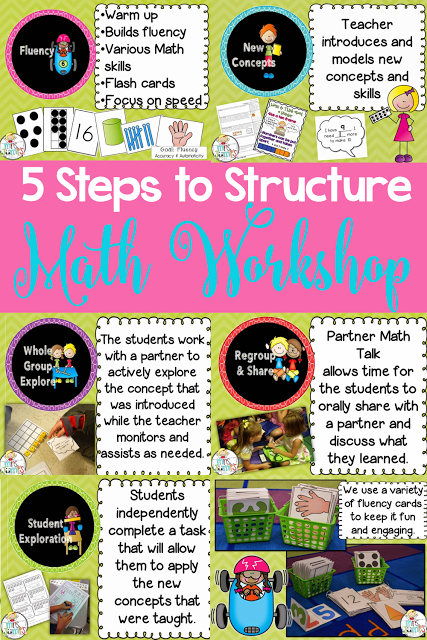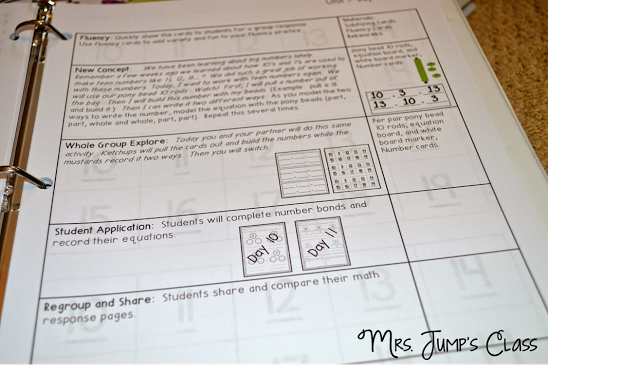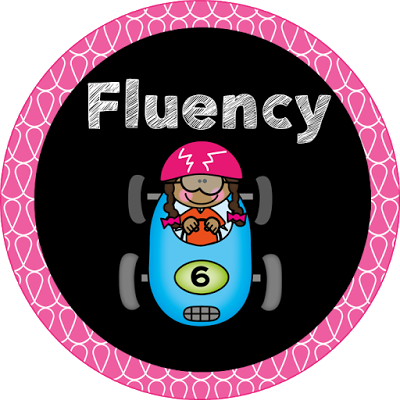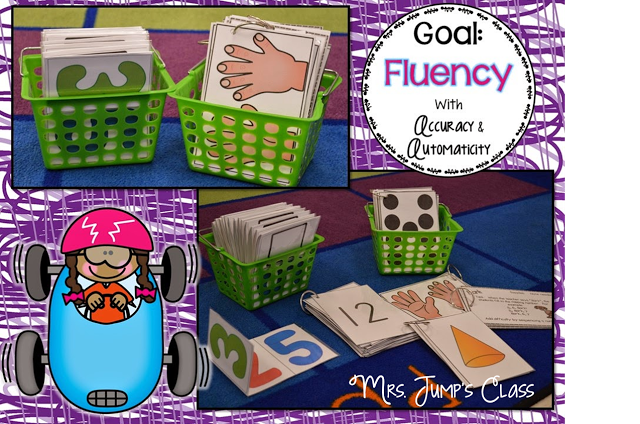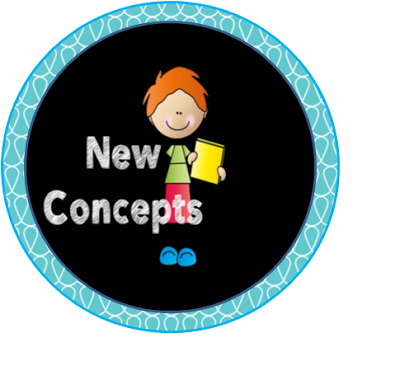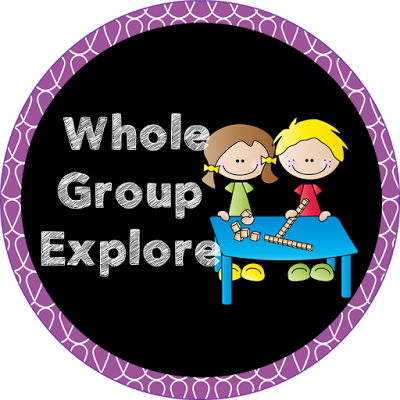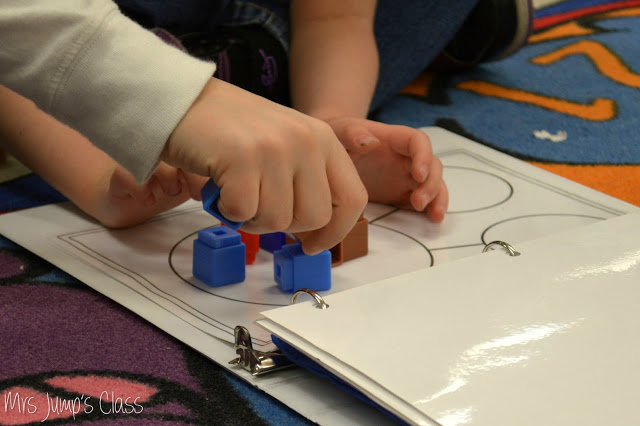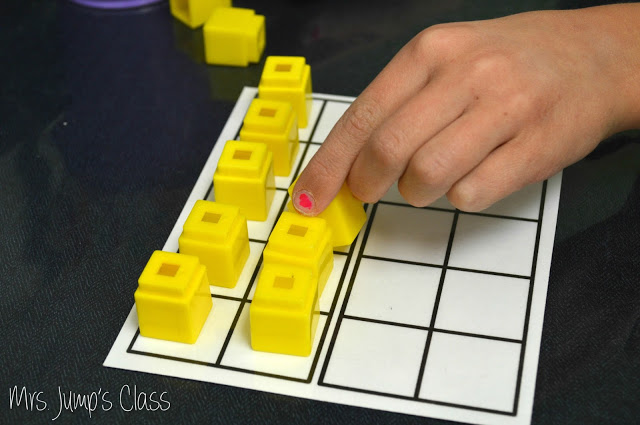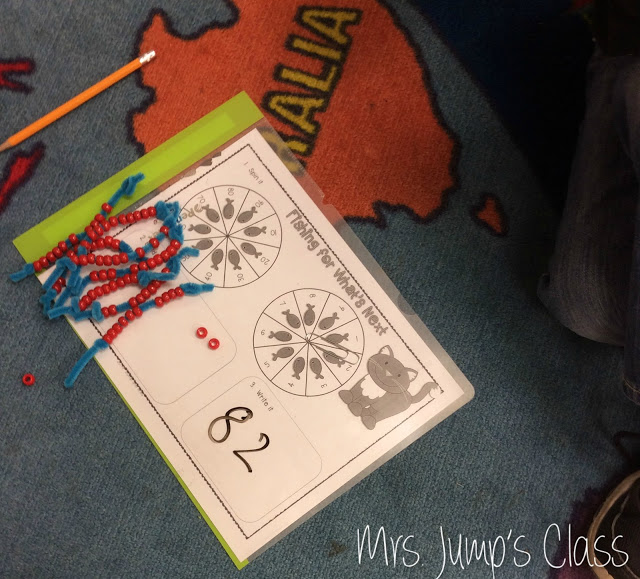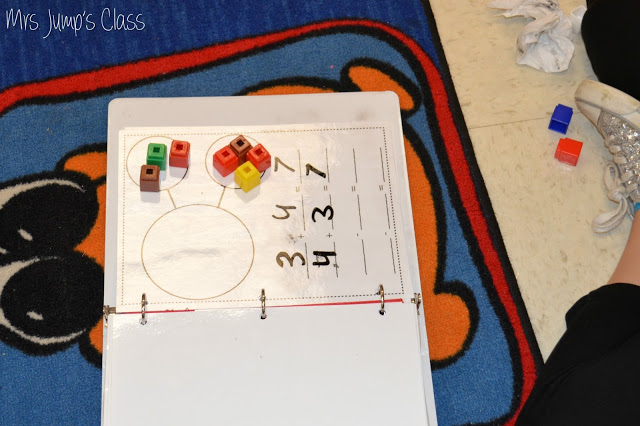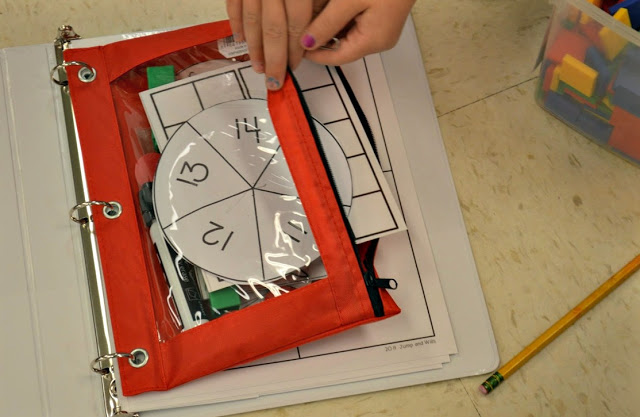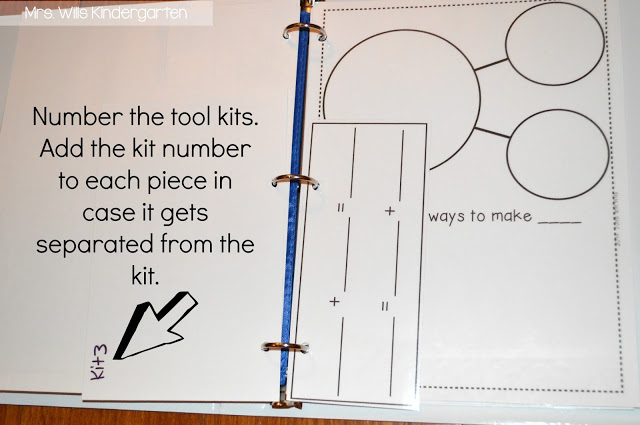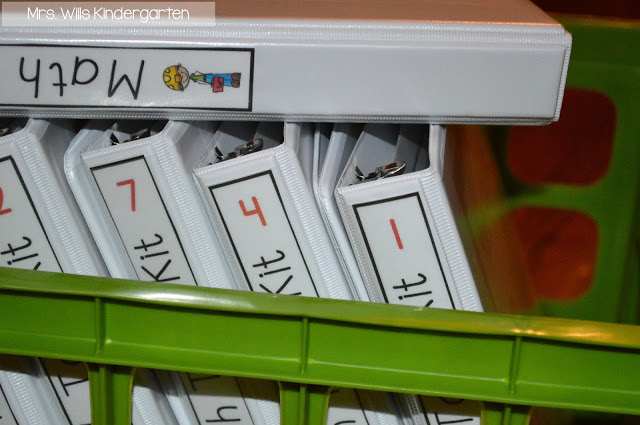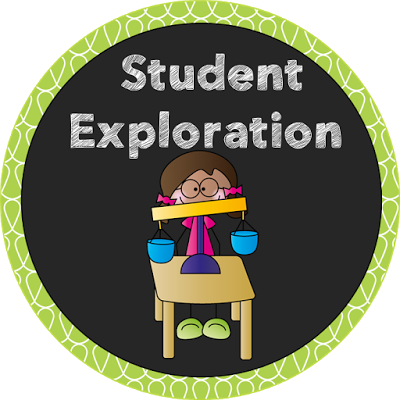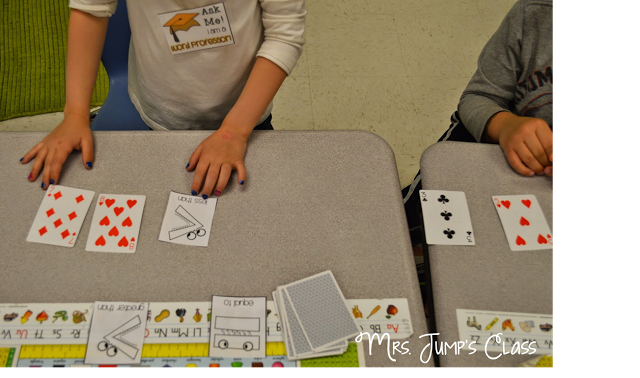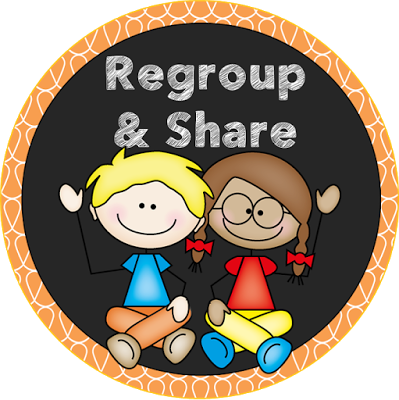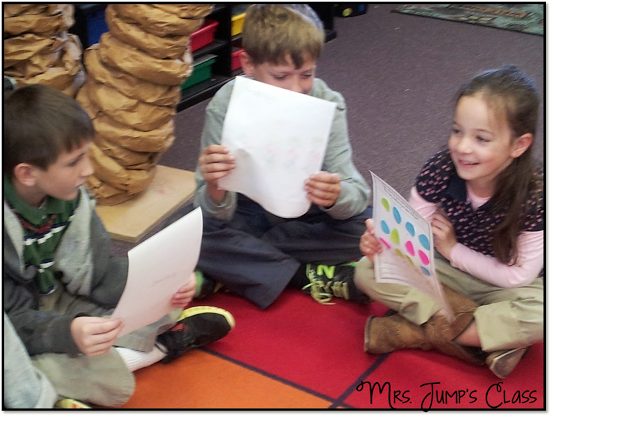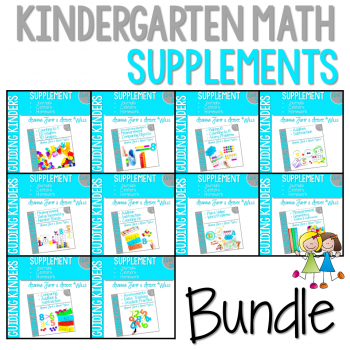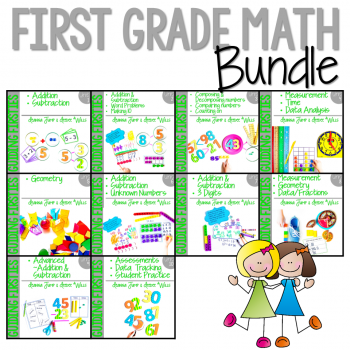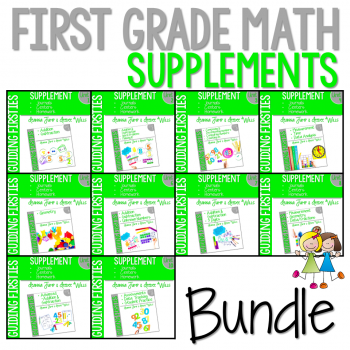I love student-centered, problem-based learning so when Deedee and I sat down to design our Guiding Kinders and Guiding Firstie Math units, I knew the activities would have to be hands-on!
Guided Math Workshop Model
Our lessons follow the workshop format.
Each lesson has five components.
1. Fluency
This part of the lesson is a warm-up that will help our students build their fluency in various math skills. It will usually involve flash cards and the focus is on speed and accuracy.
2. Introduce New Concepts
We introduce and model new concepts and skills through
a mini-lesson.
3. Whole Group Explore
The teacher and students will work together as a group to actively explore the concept that was introduced
This quote…Love!
“Math is not about numbers or the right answer.
Math is about discovery.
and exploring different ways of thinking.
It’s about teaching your students that they can solve anything.
And giving them the tools to make it possible.”
Unknown
Our units employ cooperative learning opportunities. First, the teacher introduces a concept, then the students work with a partner to explore and practice the concepts being learned.
“Enabling students to learn with understanding depends heavily on the opportunities that a teacher provides to his or her students.”
E. Fagan, 2005
I am going to borrow some photos from Deedee Wills to show you how we organize our math toolkits. What is inside?: Inside the toolkit, I have everything we will need (minus the manipulatives). Math talk cards, 10 frames, and smaller pieces are kept in the zipper pouch. All of the math work mats and talk cards are in our Guiding Kinders math series. The dry erase marker is also kept in this pouch.
These can be used to organize any math tool resources, regardless of the program you use.
During our math workshop, students work in pairs. Each set of partners are assigned to one toolkit.

Our Math Workshop is hands-on and we wanted them to have easy access to the tools they would need. Having them all together made perfect sense.

Our Math Workshop is hands-on and we wanted them to have easy access to the tools they would need. Having them all together made perfect sense.
Each toolkit is numbered. Every day the same partners get the same kit. In this way, if one group is rough on a set or if pieces go missing, I only have to deal with one binder, not 10.
You can find all of the pages that go in the Math Toolkit by clicking HERE.
4. Student Exploration
The students will independently complete a task that will allow them to apply the new concepts that were taught.
5. Regroup and Share
This is our “math talk” time. It allows for the students to orally share with a partner and discuss what they learned.
6. Extending the Learning
Our units are packed. However, teachers have also requested additional practice and station activities so we created supplements to the units.
You can find the Kindergarten Bundle HERE.
You can find the First Grade bundle HERE.
Here are the links to the math units (just click on the covers):
SaveSave

